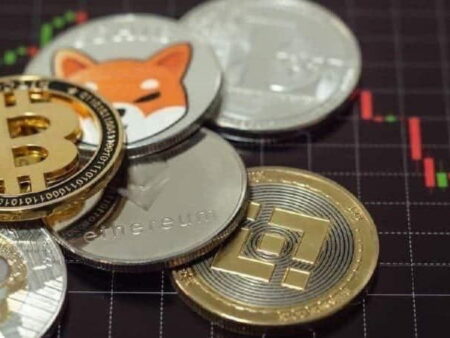Understanding tokenomics is key to gaining an advantage in cryptocurrency investing. Supply inflation significantly affects the value of investments.
Finbold’s analysis revealed that Chainlink (LINK) experiences significant inflation among other cryptocurrencies. We projected LINK’s trading price if it were to reach its all-time high market cap, using leading indexes and demand as the gauge.
It’s important to note that inflationary assets such as LINK require increased demand to maintain their value. Supply and demand dynamics play a crucial role in the fluctuation of cryptocurrency prices.
Particularly, LINK had an all-time high price of $52.88 per token on May 9, 2021. At that time, Chainlink reached a capitalization of $22.648 billion, with an estimated 428.290 LINK circulating supply.

However, Chainlink had already surpassed this market cap four days before at lower prices. The all-time high market cap happened on May 5, 2021, at no more than $47 per token.
Chainlink supply inflation and its economic effects
Let’s explore Chainlink’s supply inflation and its economic implications. As of this writing, Chainlink has a circulating supply of 556.849 million LINK. This results in a supply inflation of 128.559 million LINK (30%) in two and a half years, or around 12% a year.

Essentially, the price projection also shows the economic effects of this inflation. In case the leading oracle network reaches its previous speculative demands, LINK would trade at a proportionally lower price than the corresponding all-time high.
Considering the circulating supply on December 5, Chainlink would be priced at $40.94 per token at its highest capitalization. Interestingly, a loss of $11.94 (22.57%) from its highest price in 2021, with an even lower market cap.
However, this still indicates a potential 162% increase from the current price of $15.62.
It is important to understand that the forecast requires the same demand for Chainlink as in 2021. In this context, there are no guarantees that this demand will ever be seen again. On the other hand, it is also possible that a higher demand surges in the following years, which its continuous supply inflation will suppress.
Disclaimer: The content on this site should not be considered investment advice. Investing is speculative. When investing, your capital is at risk.






